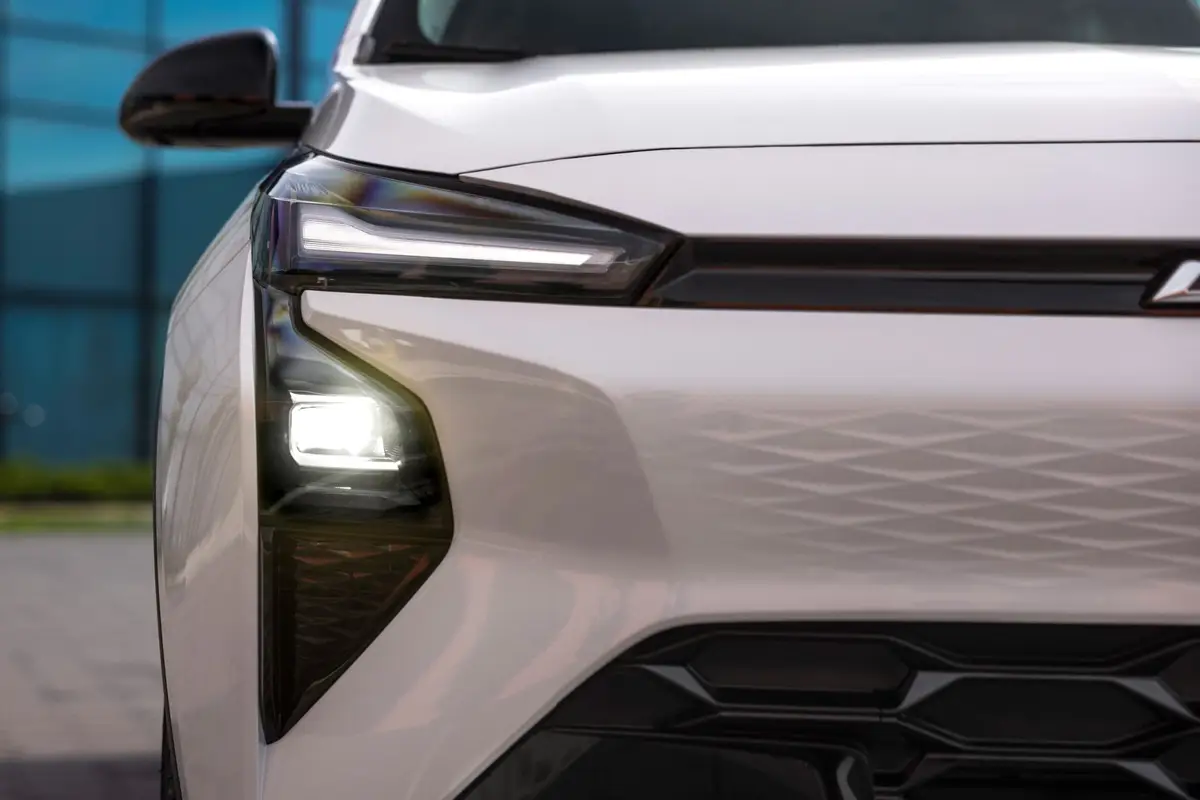Pot Panel Recommends Highway Safety Measures


CARS.COM — As legalized marijuana proliferates, regulators are trying to find best — or even just plain better — practices around its implications for driving safety. Stakeholders took a concerted swing at that in July 2015, when the Governors Highway Safety Association and National Highway Traffic Safety Administration convened 37 experts — toxicologists, law enforcement officials, judges, prosecutors and more — as part of a program to evaluate state practices around highway safety.
Related: Study: Crash Claims Rise With Legalized Marijuana
Call it a cannabis council, if you will. The experts hashed out (OK, we’ll stop) legal changes around impaired driving, lessons learned thus far and recommendations going forward. GHSA published a 30-page summary of the discussions this month, nearly two years late because “it was delayed in the federal process,” said Kara Macek, the association’s senior director of communications. But there are “still valuable lessons learned,” Macek added.
Panelists had no shortage of recommendations for legislators, law enforcement and many folks in between. Among those that stood out from GHSA’s report were the following:
Come Up With a Field Test
Officers need to focus on actual impairment rather than levels of THC, marijuana’s active chemical. Cops need to “take good, detailed notes, based on their observations,” panelists said. “The toxicology test can be used to corroborate their findings.” Toward that end, panelists recommended a field sobriety test for marijuana.
Identify Best (or at Least Better) Chemical Tests
Blood tests are preferred to urine samples, panelists said, but warrants are required in most cases before a blood draw. Efforts should be made to minimize the time between a stop, arrest, warrant and blood draw. One example is in Spokane, Wash., where authorities have developed an electronic warrant system with a 13-minute turnaround time.
Interest exists in “oral fluid devices” for drugs like THC, but panelists from California noted that oral fluid doesn’t detect certain drugs. Concentration limits are hazy, too: Some states have “per se” limits — that is, laws that criminalize operating a motor vehicle with a certain amount — of 5 nanograms per milliliter of THC, and one study found 13.1 nanograms an equivalent threshold to legal alcohol inebriation. But panelists agreed such limits are too high. California prosecutors have successfully obtained convictions from concentrations as low as 2 nanograms, and Vermont says it’s illegal to drive “while impaired to the slightest degree.”
Improve Prosecution
Prosecution on marijuana charges “takes more time and effort compared to other litigation,” the report notes. “Good preparation and report writing by the arresting officer go a long way toward supporting a conviction.” Still, such convictions are challenging and often assigned to less experienced prosecutors. Those prosecutors should seek guidance from traffic safety resource prosecutors or prosecutors in support roles who can assist with such cases, panelists said.
Educate
Prosecutors should attend classes to recognize signs of impairment. Judges should attend so-called “wet labs,” if possible, where they can observe individuals exposed to marijuana. And prosecutors should try to educate jurors about drug-impaired driving. Public education is equally necessary: Warning labels are especially needed for edible forms of pot, where a delayed high can lead users to eat too much. And communication should extend beyond the wrapper. The report noted Colorado’s “Drive High — Get a DUI” campaign, which generated recognition from nearly half of all Coloradans in state-administered surveys.
Improve Toxicology Tests
There isn’t a huge body of evidence around how THC interacts with individual users, the report quoted one toxicologist as saying. Thus, many cases involve one toxicology expert arguing with another. Panelists said toxicology tests are expensive, existing laboratories are “grossly underfunded” and testing practices can vary by lab, especially for private labs. That drives delays that can last months, in one state’s case. Panelists agreed that facilities should adopt recommended procedures from the National Safety Council’s Alcohol, Drugs and Impairment Division.
Get More, Better Data
If it isn’t obvious by now, data sources are thin. The report notes that the government’s Fatality Analysis Reporting System doesn’t distinguish between active and inactive metabolites of marijuana, and laboratory results are inconsistent. Standardized toxicology and FARS data are necessary, and crash data needs to link marijuana impairment to serious accidents, not just fatal ones. Researchers need to determine whether more pot usage actually causes more crashes, too. A study released earlier this month by the Insurance Institute for Highway Safety seemed to signal as much, but IIHS told Cars.com the study merely illustrated correlation, not causation.
Find More Funding
States should partner with the marijuana industry to form laws and standards. Macek pointed to Colorado’s “nonconventional approach” to do just that. The report notes that tax revenue from legalized marijuana can fund better prosecutors, more traffic safety resource prosecutors, more training for everyone involved in the legal process, and increased toxicology funding.
A third author of the report, the Volpe National Transportation Systems Center, a separate federal agency, helped facilitate the meeting. Macek said data collection on the panels’ recommendations is now underway, and GHSA will eventually publish those results. Stay tuned.

Former Assistant Managing Editor-News Kelsey Mays likes quality, reliability, safety and practicality. But he also likes a fair price.
Featured stories


2025 Tesla Cybertruck Review: Wedge Issues


2026 Hyundai Palisade Review: Growing Gains

